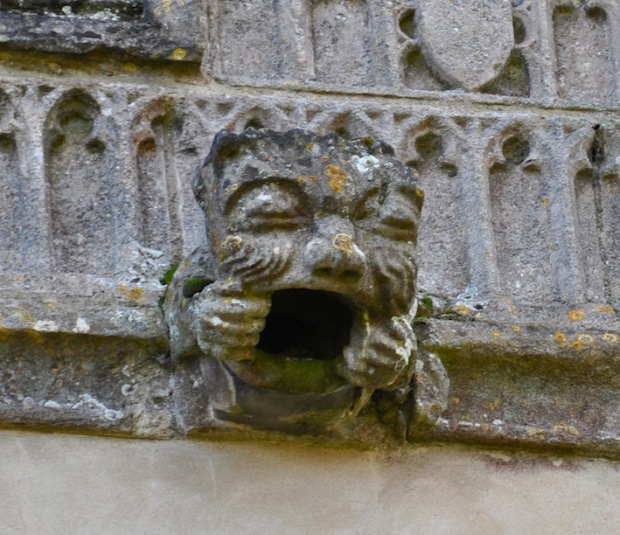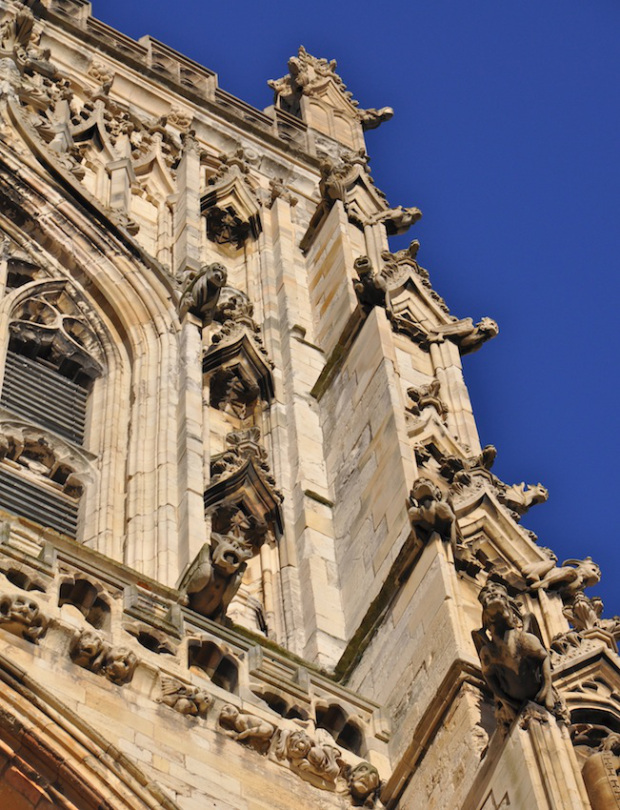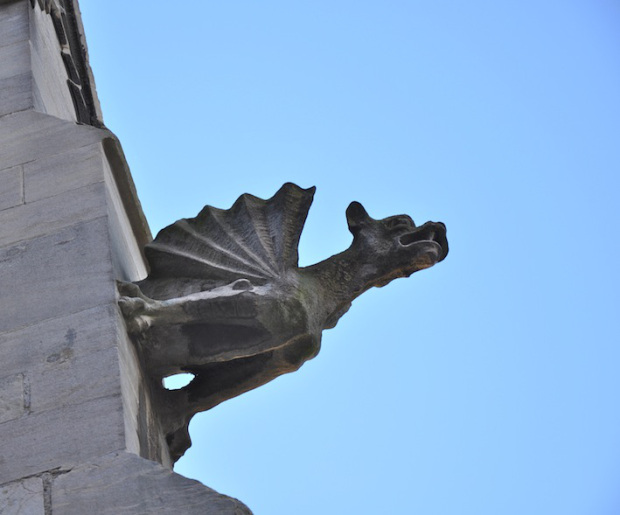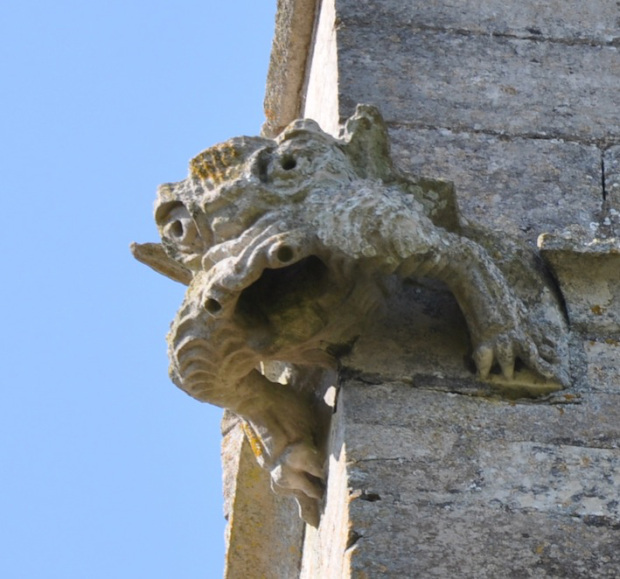Field Guide to Gargoyles, Part Two
Welcome back to the Field Guide to Gargoyles, your answer for common questions about gargoyles and grotesques. Last time, we identified what a gargoyle is and how it differs from a grotesque. Now, let’s talk about the gargoyle origin story.
Where and when do gargoyles come from?

It’s nearly impossible to know which culture should get credit for creating the very first gargoyle, because the idea of human and animal-shaped drain spouts has been around for an unbelievably very long time and appears all over the world. Because fewer artworks generally remain the further back we go in history, the world’s first gargoyle is probably lost to the mists of time, and the title will remain contested.
Sources disagree on the identity of the oldest known example, but we’re definitely talking about ancient, BCE times. Currently, a web search will tell you that the oldest gargoyle that survives today is 13,000 years old and was found in Turkey. (It was shaped like a crocodile, apparently.) Unfortunately, I’ve found nothing of substance to back up this statement despite the fact that it appears in dozens of online articles. At the very least, there have probably been gargoyles for at least four thousand years.
However, there’s one specific type of gargoyle that have particularly captured the popular imagination – what we tend to most closely associate with the term – and that’s the gargoyles of medieval Europe. They were placed on Gothic buildings, particularly churches, between roughly 1200 and 1500 AD.

In terms of European gargoyles, they tended to be appear on medieval styles of architecture but not on classically-derived styles like those of the Renaissance and Baroque periods. Therefore, we don’t see many of them between about 1500 and the beginning of the Gothic Revival in the 18th century. Truth be told, however, Gothic Revival buildings are far more likely to have grotesques (honorary gargoyles) than true gargoyles.
Medieval gargoyles were also restored or recreated at this time. It can be difficult to tell original and revival gargoyles apart, particularly since they often exist side-by-side on surviving medieval structures. Gothic and Gothic Revival grotesques also exist alongside gargoyles but are more plentiful.

From the 19th century through the present, gargoyles have spread beyond Western Europe to all corners of the globe. Appearing on many different structures of diverse architectural styles, they take on all kinds of new shapes and characters. The majority of modern “gargoyles” are actually grotesques, though true gargoyles do still appear from time to time.

Read the rest of the Field Guide to Gargoyles here!
In the meantime, check out Echoes of the Past. Author and photographer Lynne (aka Blosslyn) lives in the UK and is able to visit medieval monuments on a regular basis! Her blog is full of her lovely photographs documenting her travels. All of the gargoyle images in this post are by Lynne and used with her permission. Thank you so much!

